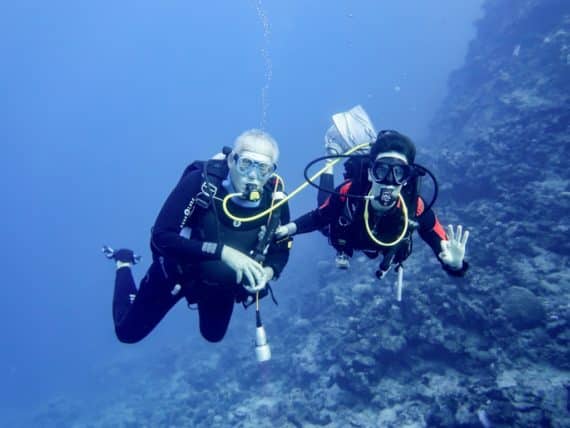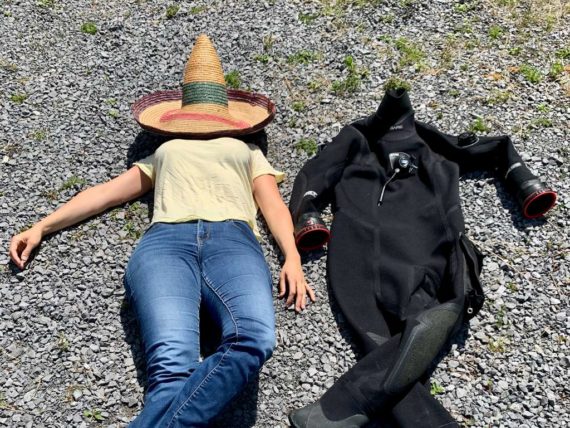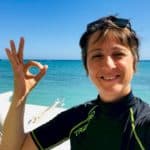Safety stop, Why ?

The safety stop is not always well understood or followed by scuba diving enthusiasts. However, it’s about safety and accident prevention. Strange…
Example: Somewhere lost on a zodiac with French friends a few years ago…
Back on the boat, I’m the last one with my buddy. The question is:
“Why do you stay underwater for so long at the end of the dive?”
I look at my friends and tell them that I always do a safety stop and that I stay between three and five minutes at -5m deep at the end of the dive.
My friends smile and say, “We’ve solved the problem, we’re not doing it!”
They are far from alone in this case!
Safety stop missed, or followed by a quick ascent … You can see a little of all of this in the wonderful world of diving. This is weird because this stop makes us stay a few more minutes underwater (which we like, I recall).
Also, I wanted to discuss this with you.
What is the safety stop ?
The safety stop consists of a stop when ascending to shallow depths. This stop appeared not very long ago. Even if it was already intuitively practiced before without it being named.
Why would you do it?
The idea implied by this stop is to ensure that at the end of the dive a maximum of nitrogen accumulated in the body during the dive is eliminated before returning to the surface.
Indeed, without mandatory stop, the amount of nitrogen in the body can still be reduced before coming out of the water. And as a result, reduce the risk of a diving accident.
Some say that this is a relic of the past, others that it is a necessity. However, whether or not opinions differed on doing or not doing this particular stop, a few years ago, DAN conducted a study showing the benefit of making a 5-minute safety stop at the depth of -6 meters. Indeed, according to their results, adding this level of security would greatly increase the quality of the deco. The effect is even more significant than reducing the speed of the ascent.
How do I do that?
It’s very simple. Just stay for the recommended time (5 minutes) at the recommended depth (-6m or -5m depending on your decompression instrument). To achieve this, you must have sufficient weight to breathe calmly and deeply.
If you’re on a drop-off, this is the time to look at the sometimes tiny life moving around you. This is also the case on the submerged ropes and/or buoys as long as one takes the time to observe carefully. But don’t forget to stay close to your buddy. It is also interesting to look out to sea, up and down. The safety stop sometimes has many surprises.
WARNING: Once the stop (mandatory or safety stop) is complete, there is no need to speed up. On the contrary, it is recommended to go ascent to the surface slowly. Some even go so far as to say that it is still necessary to slow the ascent at a speed of 3m/minute …
When to do it?
The answer should be: all the time… if conditions permit!
Of course, in some cases, making a safety stop is a bad idea. For example if you are cold or thirsty. But also if you have lost your buddy or if one of your buddies or you have a problem. Or if you are caught in a swell that makes you nauseous…
In short, the safety stop must be carried out when conditions are right. The idea is to increase your safety, not to take risks!
During each of my dives, I make this safety stop with a lot of pleasure this. However, I readily admit that I am never in a hurry to get out of the water.
I have often had some very nice surprises during these moments (jellyfish with long filaments, a school of mobula rays, an eagle ray…). So I really don’t see any reason to deprive myself of it.
READ ALSO My Foolproof Trick To Make Every Dive A Magic Moment
What do you think about the safety stop ?
Tell me this in a comment directly below
And above all… don’t forget to be happy 🤗
Hélène









